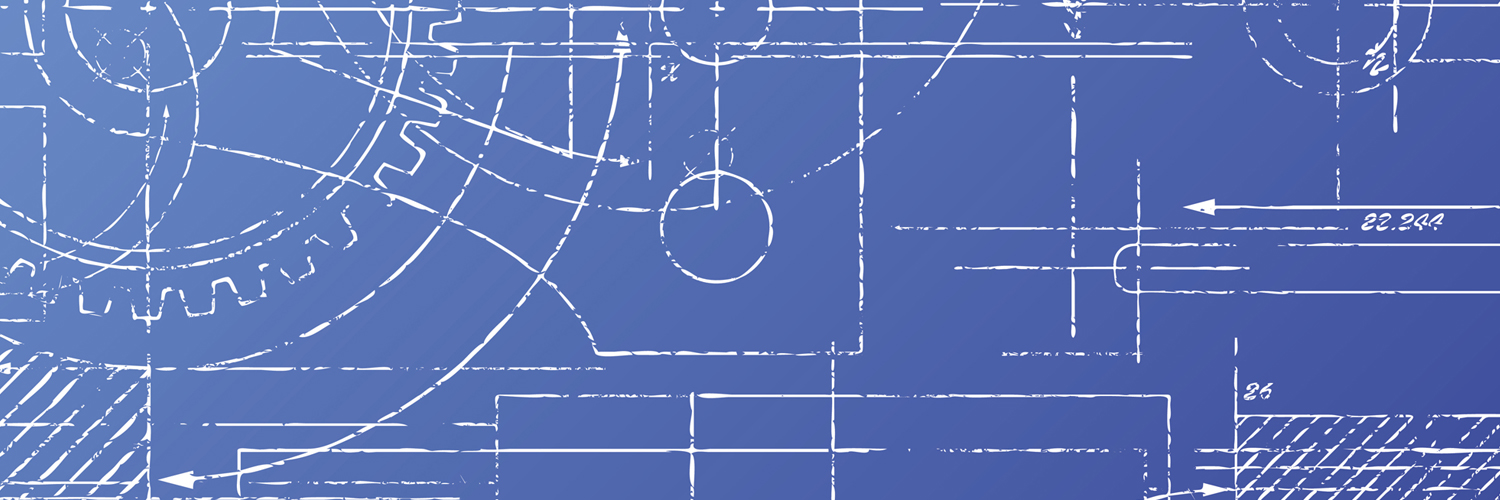Structural Engineering
What is Structural Engineering?
Structural engineering deals with the challenge of designing structures that enclose or span across space. Examples of structures are bridges, buildings, offshore structures, space platforms, amusement park rides, and many other exciting projects. Structural engineers design some of the world-renowned landmarks, such as the Eiffel Tower, Statue of Liberty, Golden Gate Bridge and One World Trade Center. The main role of the structural engineer is to design the “skeleton” (also known as structural frame) that will support these structures. The structures need to be safe, strong, stable, durable, and economical.
Structures must maintain their shape while they resist all sorts of loads in addition to their own weight, including wind, earthquake, snow, ocean waves, and temperature effects. To achieve this goal, structural engineers need to develop good understanding of engineering mechanics and materials engineering. Knowledge of materials properties, such as their density, hardness, stiffness, and tensile-, compressive-, and shear-strengths, as well as their long-term performance, is very important. It is a first step in selecting the best combination of materials such as steel, concrete, timber, aluminum, and/or plastic, as well as new innovative materials to adequately and optimally design structural elements for various structures. Structural engineers need to be able to determine the structural behaviors under various stresses, such as compression, tension, shear, bending, and twisting, as well as under various environmental conditions, including ambient temperature, corrosive environment, and even blast and radiation.
Typically, structural engineers will be part of an interdisciplinary team and might work closely with architects. They will analyze various site data, compute load and load combinations, analyze structural components and select and design structural members to form the structures. They also estimate the cost and quantities of materials, equipment, and labor to construct the structures. Typically this cost is used to help the owner to approximate the cost and budget for the project. Structural engineers will also need to be proficient in understanding various codes to ensure that the project is being constructed according to design specifications. During the construction phase, structural engineers inspect and monitor the progress of the project. Structural engineers are also involved in retrofitting and strengthening of existing structures.
Our Approach to Structural Engineering
All civil engineering students are exposed to an array of fundamental and advanced courses in structural engineering. Starting from their second year, students are taught with basic statics and mechanic courses, which provide fundamental understandings of stability, strength, and rigidity of materials. Students are then taught to calculate loads and load paths in a structural system. Later on, students are trained to design various structural elements using either steel and/or reinforced concrete materials. Students who develop more interests in structural engineering may also select from a variety of courses addressing other structural materials, including timber and composites. In addition to lectured courses, students are also exposed to materials laboratory where they can visually relate various material failures to theory. All lectured courses are designed to be interactive and engaging by utilizing physical models to illustrate complicate structural engineering concepts.

 Give to Florida Tech
Give to Florida Tech 